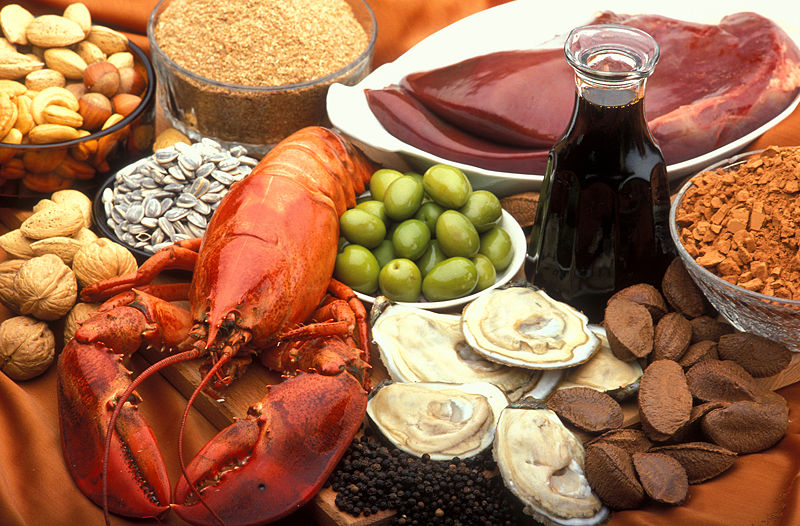For the first quarter I had decided to read the first section or part of the book focused on Food and Drink. This section included the first five chapters and finished on page 77.
The overall main topic, as I mentioned, was food and drink so each chapter tied into that category. Chapter 1 focused on drinking water, chapter 2 on produce, chapter 3 on fish, chapter 4 on meat, dairy, poultry, and eggs, and chapter 5 on food storage and cookware.
After reading the first section of the book I would have to say there were 3 main pieces of information I found to be most significant and surprising.
1. If every American stopped purchasing water in disposable bottles then we would save a lot of water. I'm sure this seems like a given point, however, I was not aware that it takes twice as much water to make the disposable bottle. So you could say that every bottle of water actually represents three bottles of water. This poses a problem not only because over 80% of disposable bottles end up in landfills, but this also uses up even more water than necessary. What we can do to help diminish this issue is to purchase reusable bottles, such as steel or aluminum, and fill the bottles with tap water.
2. Most of us are now aware that drinking wine, in moderation, is good for you. Though people with asthma and allergies have something even more to look forward to. Studies have shown that people with asthma and/or allergies often prefer white wines over red due to the lower quantities of sulfite, a common allergen, found in the wine. USDA organic wine forbids any additions of sulfites in the wine. So organic wine is beneficial for people with these health conditions since enables them to drink without the issue of breathing problems occurring.
3. I've heard before that you should avoid purchasing 'Teflon', a nonstick coating on cookware, though I never really knew why. After reading I learned that when overheated (above 500 degrees F) nonstick coatings can release hazardous fumes. The chemical released is known as perfluorooctanoic acid (PFOA), which has been found in recent studies to cause cancers, reduce fertility, and interfere with fetal development. The best way to reduce your chances of becoming ill would be to avoid using these products all together. Though I did find it interesting that, when cooked at normal temperatures, Teflon pans may not necessarily cause human illness.
New Terminology - definitions provided in the link


I didn't know that a nonstick coating on cookware releases hazardous fumes. I am really glad that I read your post and learned something new. I am looking forward to reading more about your book.
ReplyDeleteI think the idea about not using disposable containers for water (plastic water bottles) is a great idea. I rarely ever purchase plastic water bottles because I have my own re-usable water bottle. However, this is something my dad and I have been trying to get my mom to switch over to. She's been having a hard time with it. I guess old habits die hard.
ReplyDeleteWow, I had no idea that even baking pans could be dangerous for us! Most of the pans in our cupboards are non-stick Teflon pans. Although, I cant recall anything I've cooked that has been over 500 degrees, so it will be something I will have to look for in the future.
ReplyDeleteThis is some good information. I remember freshman year I always had water bottles, now I have a re-usable one and actually drink more water with it. This seems like a good book I can't wait to hear more!
ReplyDeleteThis book will be interesting to hear more about. Like Calista, I use to use a lot of water bottles and now I use one main water bottle that I can continue to re-fill!
ReplyDelete